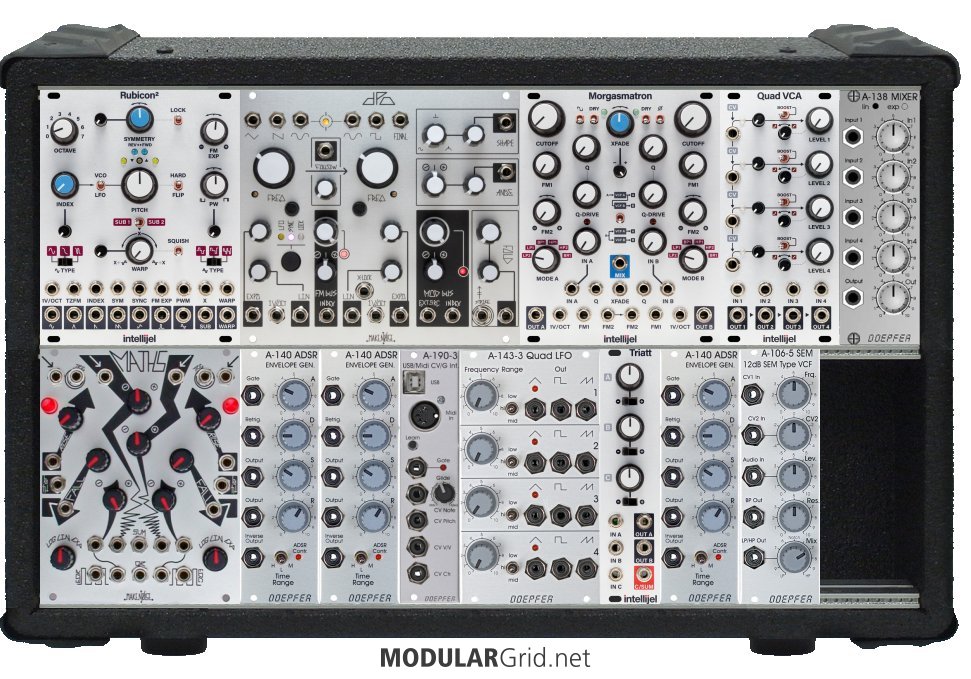Hey!
I want to combine my acoustic drum with eurorack.
The plan:
My drum will be the triggers.
The task of the eurorack will be to shape another sound on the acoustic drum sound.
The sound which the eurorack have to shape can be different things:
Samples ----> for this I thought I would buy the Make Noise Morphagene
External soundsources (taperecorder, other bandmembers with synths or guitars,mics)----> for this I need something like an preamp, to bring these in?
I will also need an input for the triggers. I probably will use contact mics (not drum triggers).
(Drum triggers are easier to mount, but contact can as a secound use also deliver a sound, so I tend to contact mics)
The soundsources which come into the rack (or are already in there) should be processable.
I definitly want a delay and an distortion/overdrive maybe also an reverb.
This soundsources should be silent.
Just when the contact mic gives a signal, the amplitute should rise.
Which module do you suggest for this task?
VCA?
Envelope Follower?
I want to have bouth possibilities...to be able to let the amplitute from the input-signal (drum set) really shape the amplitute of the eurorack. Then I think an envelope follower would be best, right?
But I want also the possibility to have a really short sound over the drum.
For example: that the cymbal rings longer, but just at the start there is a short moment when the eurorack opens up.
This would be possible with an VCA, right?
(I want to be able to use two different triggers for 2 diffenent sources at once, so I need things twice)
So the questions again:
Which modules I need to bring concactmics in (use as triggers but also as normal mics)?
Which modules to shape the amplitute (of soundsources)? VCA? EF? Difference?
Which modules to bring in external sources?
Which output modules to send the final audio to an keyboard-amp or PA?
(Also I want some LFO to let the rack change itself ;-))
Thank you so much for helping,
It will be my first step into ,,
Juanic



